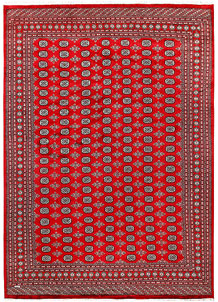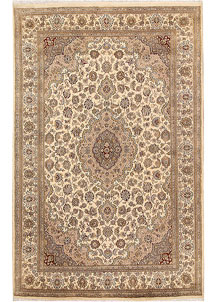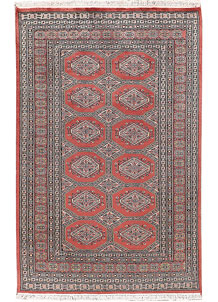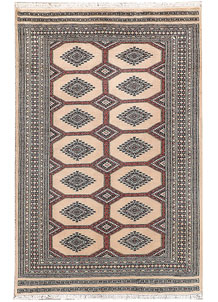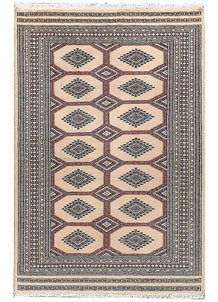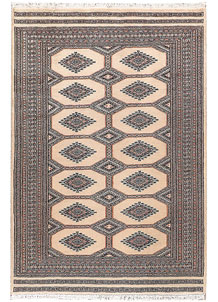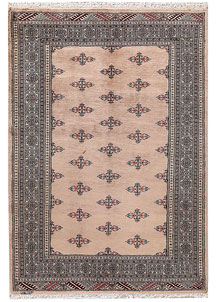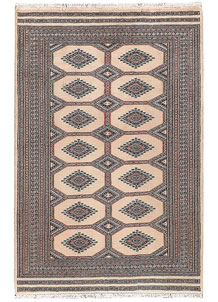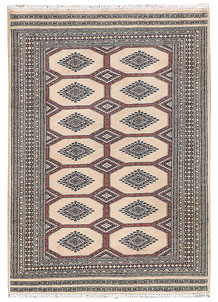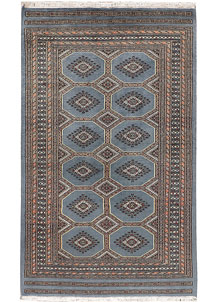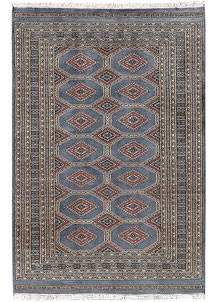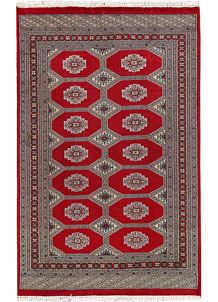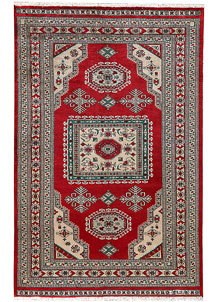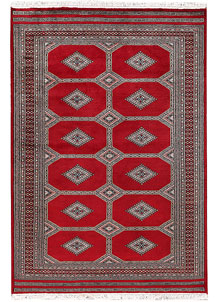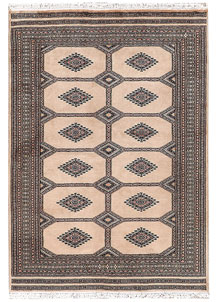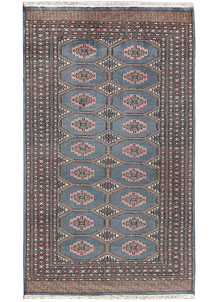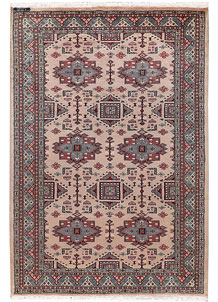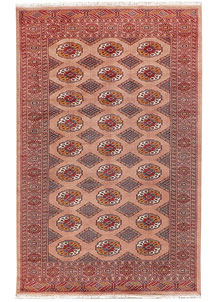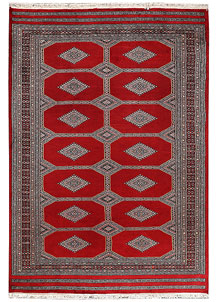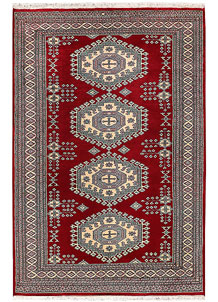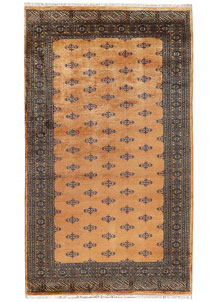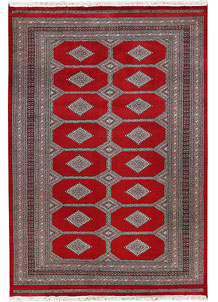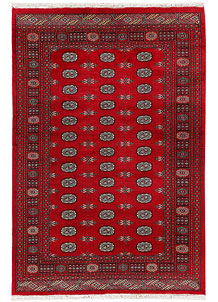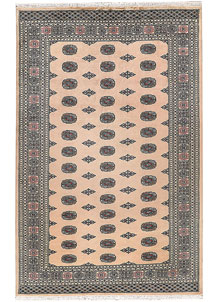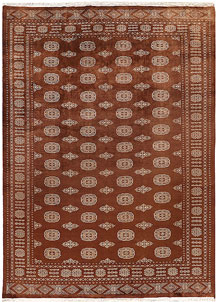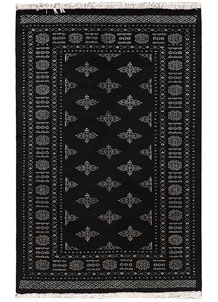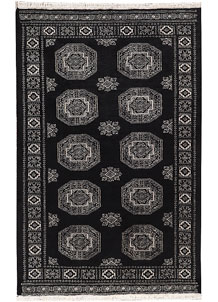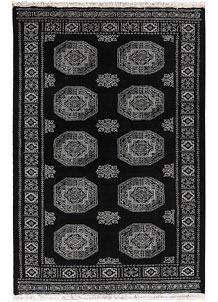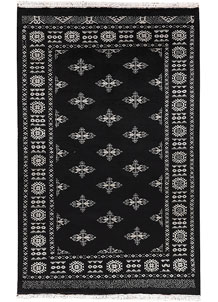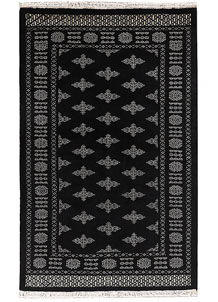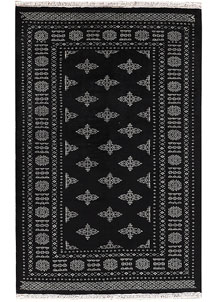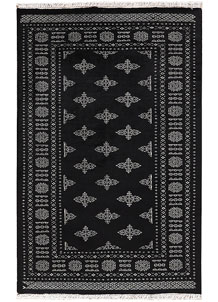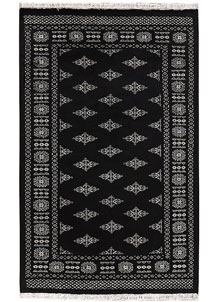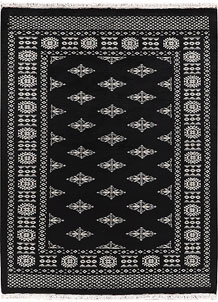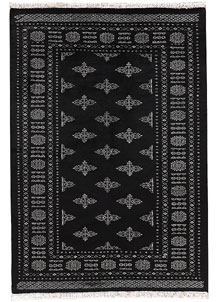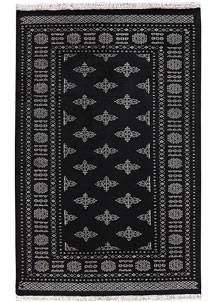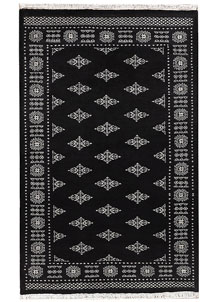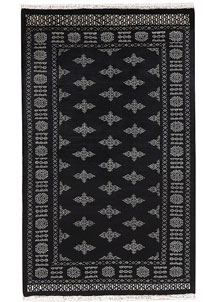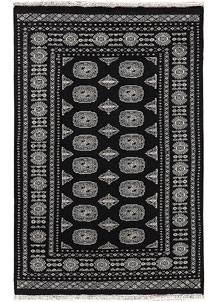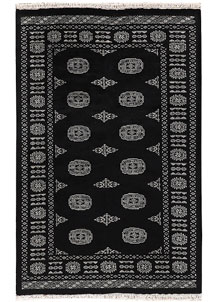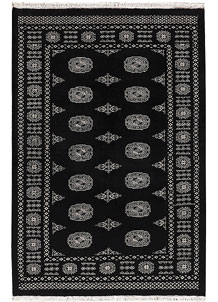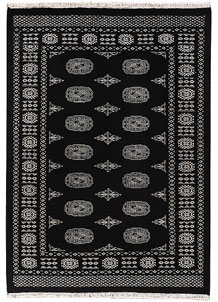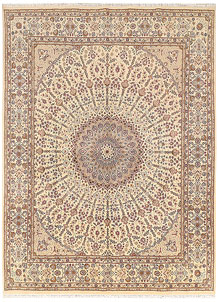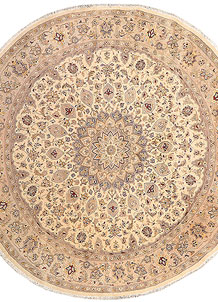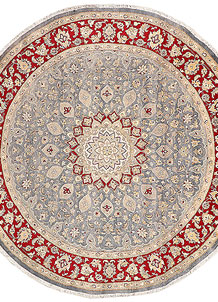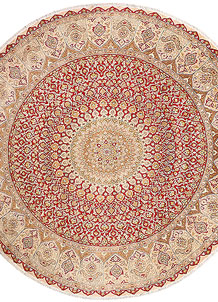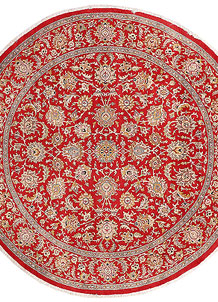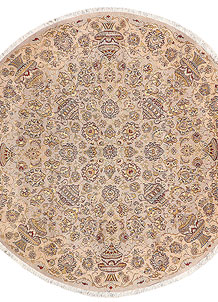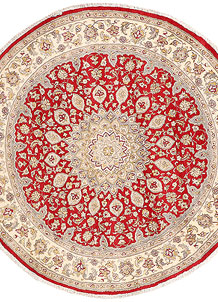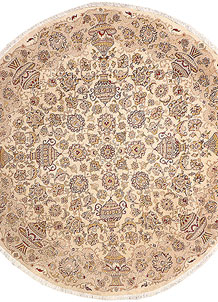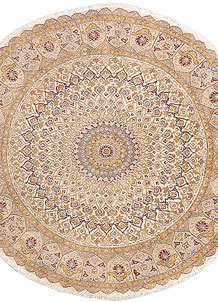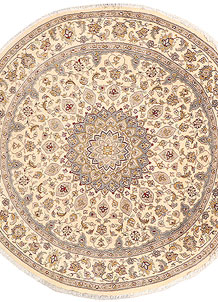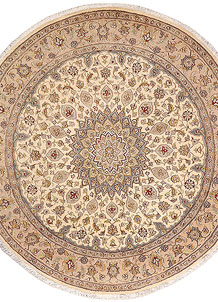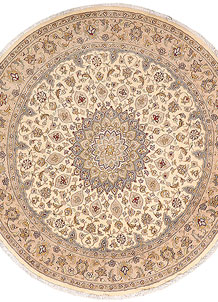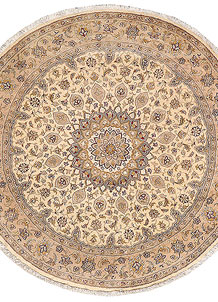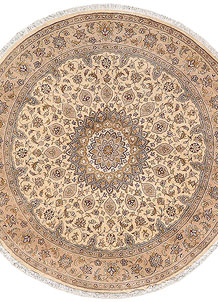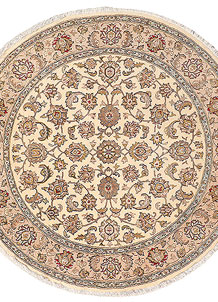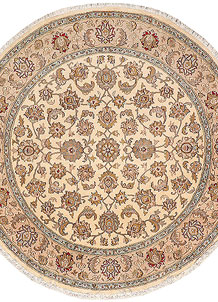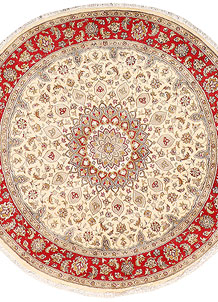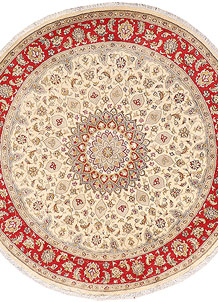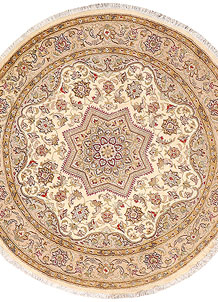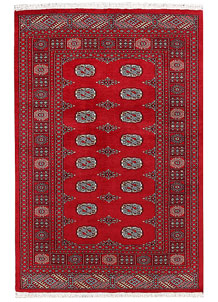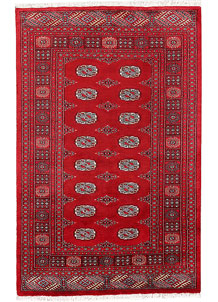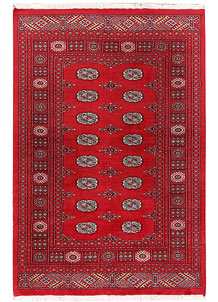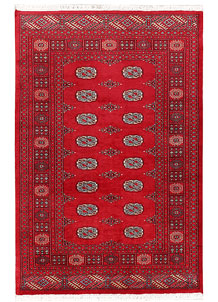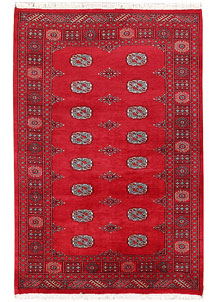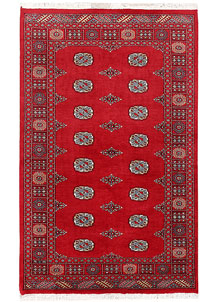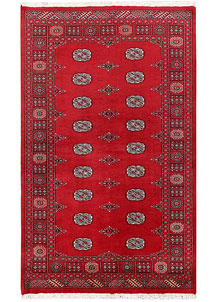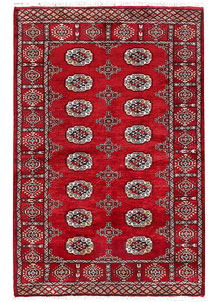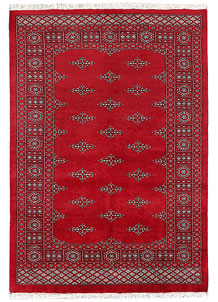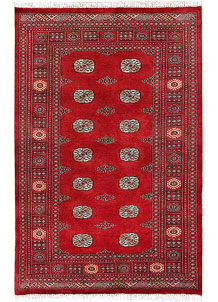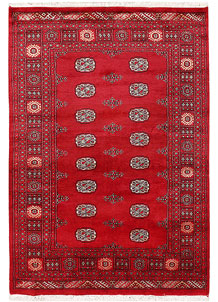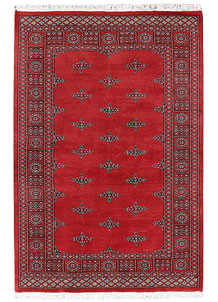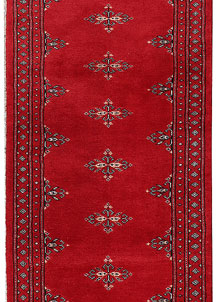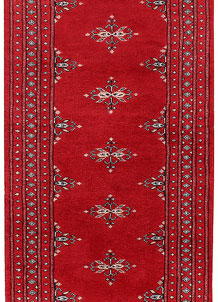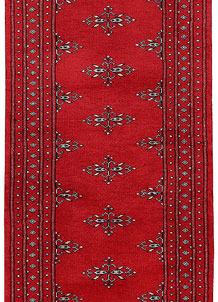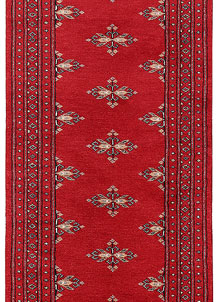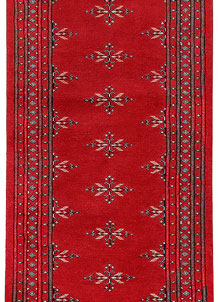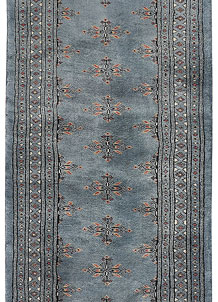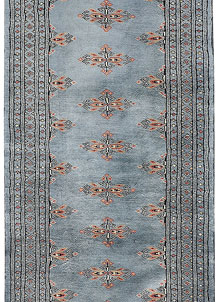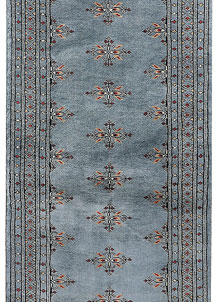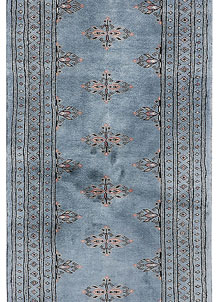Pakistani Rugs
Pakistani rugs are highly valued for their quality and beauty, and are considered some of the finest handmade carpets in the world. They are typically made using high-quality wool and feature intricate designs and patterns, often inspired by traditional motifs and symbols. Some of the most well-known types of Pakistani rugs include the Bokhara rug, which is characterized by its repeating geometric pattern and deep, rich colors, and the Chobi rug, which features a more muted color palette and a subtle, antique-like appearance. Modern Pakistani rugs come in many styles ranging from Persian inspired to modern at more affordable prices. Handmade Pakistani rugs for sale are often described as the perfect combination between expensive Persian or Turkish rugs with an accent of modern elements.
Rugs By Category: Pakistani
3311 results. Displaying 1 to 84.
History of Pakistani Rugs
The history of carpets in Pakistan is closely tied to the country's rich cultural heritage and centuries-old tradition of weaving. The art of carpet weaving in Pakistan has a long and illustrious history, with evidence of carpet making dating back to the Mughal Empire.
During the Mughal era, carpets were primarily woven for the imperial court, with designs reflecting the opulence and grandeur of the era. Carpets were also woven for the general public, with designs and patterns reflecting the culture and traditions of the region. The carpets were made by skilled weavers who used a variety of techniques to create intricate designs, often featuring floral and geometric motifs.
During the British colonial period, carpet weaving in Pakistan was revitalized with the introduction of new materials and techniques. The British also introduced new designs and patterns, which were incorporated into traditional Pakistani weaving styles.
After the partition of India and Pakistan in 1947, carpet weaving became an important industry in Pakistan. Today, Pakistan is one of the largest producers and exporters of handmade carpets in the world. Carpets are produced in various regions of the country, with each region having its unique style and design.
The most famous Pakistani carpets are made in Lahore, Peshawar, and Karachi. The carpets are made using high-quality wool, silk, and cotton, and are known for their vibrant colors, intricate designs, and durability.
In recent years, the carpet industry in Pakistan has faced challenges due to the competition from machine-made carpets and the declining interest in traditional handmade carpets. Despite these challenges, Pakistan's carpet industry continues to thrive, and its carpets remain an important part of the country's cultural heritage.
Pakistani carpets are renowned for their beauty, durability, and intricate designs. Here are some of the qualities that make Pakistani carpets unique:
Handmade: Pakistani carpets are predominantly handmade, with skilled artisans using traditional techniques to create intricate designs and patterns.
Quality Materials: High-quality wool, silk, and cotton are used to produce Pakistani carpets. The wool is sourced from local sheep, and the silk is imported from China.
Vibrant Colors: Pakistani carpets are known for their bright, bold colors, which are achieved by using natural dyes. The colors are rich and deep, and they do not fade over time.
Intricate Designs: Pakistani carpets feature intricate designs and patterns, often with a floral or geometric motif. These designs are achieved by knotting the wool or silk onto the cotton base, with each knot carefully tied by hand.
Durability: Pakistani carpets are known for their durability and can last for decades with proper care. The high-quality materials and skilled craftsmanship ensure that the carpets can withstand regular use and foot traffic.
Versatility: Pakistani carpets are available in a range of sizes, designs, and colors, making them versatile and suitable for a variety of spaces and styles.
Overall, Pakistani carpets are prized for their beauty, quality, and durability, and are a testament to the country's rich cultural heritage and tradition of craftsmanship.
Types of Pakistani Rugs
Pakistan is home to several regions that specialize in carpet weaving, each with their unique styles and designs. Here are some of the main types of carpets woven in Pakistan:
- Bokhara Carpets: Bokhara carpets are among the most famous types of carpets produced in Pakistan. They are known for their symmetrical knotting, bold geometric patterns, and deep red or burgundy colors. They are typically made in the city of Peshawar and are inspired by traditional Turkmen designs.
- Chobi Carpets: Chobi, meaning "wood" in Urdu, refers to carpets that are made using natural vegetable dyes and are characterized by their muted, earthy tones. Chobi carpets are typically produced in the region of Afghanistan that borders Pakistan, and the designs are inspired by traditional Persian and Turkish styles.
- Persian Carpets: Persian carpets are made in the city of Lahore and are inspired by traditional Persian designs. They are known for their intricate floral and geometric motifs, which are achieved using a high knot count and high-quality wool.
- Kashmiri Carpets: Kashmiri carpets are produced in the city of Srinagar, which is located in Indian-administered Kashmir, but they are also made in the Pakistani city of Lahore. They are known for their intricate designs, which often feature a combination of floral and paisley motifs. They are made using high-quality wool or silk and can take months or even years to complete.
- Turkmen Carpets: Turkmen carpets are inspired by traditional Turkmen designs and are made in the city of Quetta, which is located in the southwestern province of Balochistan. They are characterized by their bright, bold colors and geometric patterns and are typically made using a combination of wool and silk.
These are just a few of the many types of carpets woven in Pakistan. Each type has its unique style, history, and cultural significance, and they are a testament to the country's rich tradition of craftsmanship and artistry.
Pakistani Rugs Styles
Here are a few examples of Pakistani rugs that showcase the beauty and variety of designs that are produced in the country:
- Bokhara Rug: This Bokhara rug features a bold, symmetrical design in deep red and brown tones. The geometric motifs are arranged in rows and columns and are surrounded by a decorative border. This rug is an excellent example of the traditional Bokhara style, which is known for its symmetrical knotting and bold geometric patterns.
- Chobi Rug: This Chobi rug features a muted, earthy color palette, with shades of brown and beige predominating. The design features intricate floral and paisley motifs, which are typical of the Chobi style. The rug has a vintage look and feel, and the natural vegetable dyes give it a subtle, rustic charm.
- Persian Rug: This Persian rug features an intricate floral design in shades of blue, beige, and cream. The design is highly detailed, with each element carefully rendered using a high knot count and high-quality wool. This rug is an excellent example of the Persian style, which is characterized by its floral and geometric motifs.
- Kashmiri Rug: This Kashmiri rug features an intricate, multicolored design that incorporates a range of floral and paisley motifs. The rug is made using high-quality wool and has a soft, plush feel. This rug is an excellent example of the Kashmiri style, which is known for its intricate designs and high-quality materials.
- Turkmen Rug: This Turkmen rug features a bright, bold design in shades of red, blue, and green. The geometric motifs are arranged in a repeating pattern and are surrounded by a decorative border. This rug is an excellent example of the Turkmen style, which is characterized by its bright colors and geometric patterns.
These are just a few examples of the many beautiful rugs that are woven in Pakistan. Each rug is unique and reflects the creativity, skill, and cultural heritage of the weavers who produce them.
Frequently Asked Questions about Pakistani Rugs
Q. Are Pakistani rugs good quality?
Yes, Pakistani rugs are known for their high quality and are considered some of the finest handmade carpets in the world. Pakistani weavers use high-quality wool and employ traditional techniques to create intricate designs and patterns, often inspired by traditional motifs and symbols.
Overall, Pakistani rugs are highly sought after by collectors and interior designers for their quality, beauty, and cultural significance. They are often used as decorative pieces in homes and offices, and can add warmth and character to any space.
Q. What are rugs from Pakistan called?
Rugs from Pakistan are commonly referred to as Pakistani rugs or Pakistani carpets. Some common Pakistani rugs types include Bokhara rugs, Chobi rugs, Turkish style Oushak rugs, Ziegler rugs, Jaldar rugs, Caucasian rugs. Some older types also include Lahore rugs, vegetable dyed Peshawar rugs, Silk touch Multani rugs and Karachi rugs.
Q. What are three different types of Pakistani rug?
Three most common types of Pakistani rugs are 1) Mori rugs that include Bokhara, Jaldar and Caucasian designs made with wool and have soft lustrous pile and geometric patterns; 2) Chobi rugs that are made with handspun wool and natural dyes and include Oushak rugs, Ziegler rugs and Peshawar rugs; and 3) Persian-style rugs (sometimes referred at Pak Persian Rugs) that are made with high-quality wool and feature traditional Persian or Persian-inspired motifs and symbols, include Kashan rugs, Kirman rugs, Mahal rugs, Sultanabad rugs and Bakhtiar rugs.
Q. Are Pakistani rugs Persian?
No, Pakistani rugs are not Persian rugs. While both Pakistani and Persian rugs are handmade carpets and share some similarities in terms of design and technique, they are distinct types of rugs with their own unique characteristics.
Pakistani rugs have their own unique style and history, and are produced by Pakistani weavers using locally sourced materials and traditional techniques. While Pakistani carpets may often feature intricate designs and patterns inspired by traditional motifs and symbols, they are not Persian rugs and should not be confused as such.
However, there are some Persian styles made in Pakistan that include Kashan, Kirman, Mahal and Sultanabad beside others and are commonly referred as Pak Persian Rugs or Sootri (Wool) Rugs.




